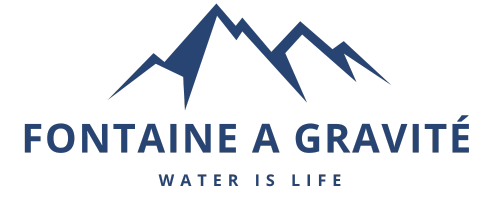Berkey® - Warning Berkey counterfeit water filters
While it may be acceptable for some products to be made in China, when it comes to health-related items like food, medicine, medical items, and water purifiers, you need to carefully examine the source.
Chinese manufacturers have a long history of producing compromised products. Examples include contaminated pet food and treats, toys 1,2 covered in lead paint 3 and faulty drywall that made consumers sick. 4
When purchasing a water filtration system, protect your family's health by evaluating products carefully. Nothing replaces Berkey quality® .
Be careful! :
1. Don’t fall into the trap of “it’s okay, so it’s a replacement” statements
2. Know that filtration is NOT the same as purification
3. Be wary of blanket “NSF” statements.
4. Carefully review vague or misleading statements
5. Be careful of contradictory statements
6 Carefully inspect item life statements
7. On-demand testing
8. Evaluate warranties and customer service
9. Read the fine print
The essentials
Always buy from trusted brands and know where items are made. If something seems suspicious, your instincts are probably right.
Let's take a closer look
Beware of blanket “NSF” claims.
Some imitation manufacturers also make filters for whole house and refrigerator filtration systems. Understand that NSF testing protocols for these applications are different from those established specifically for gravity-fed systems.

Understanding NSF Standards 42 and 53
It is important to note that NSF Standards 42 and 53 do not certify that a filter removes pathogenic bacteria or other contaminants; the standards only require a reduction.
NSF Standard 42 (aesthetic impurities)
Under this standard, filters are certified to reduce (but not eliminate) cosmetic impurities such as chlorine and taste/odor in water that is already biologically safe and of known quality. Therefore, this certification does not concern the purification of non-potable water. Additionally, this standard is intended only to reduce substances affecting the aesthetic quality of water only, or to add chemicals for scale control, or both.
NSF Standard 53 (Health Effects)
A filter can receive NSF Standard 53 certification if it treats (and effectively reduces) at least one of the health-effecting contaminants (such as lead and other heavy metals or volatile organic compounds), as detailed by the Environmental Protection Agency (EPA).
Also note that reducing an unhealthy contaminant from water (25% reduction is considered a reduction) to qualify for NSF 53 pales in comparison to the powerful contaminant removal capacity (>99.9%) of Black Berkey purification elements.
Be wary of conflicting statements and review shelf life statements carefully
We looked at one manufacturer's product listing and found five different filter life specifications:
6 months (as indicated on the product packaging)
3,000 gallons for each filter (11,356 liters)
8,000 gallons for a pair (30283 liters)
4,000 gallons for each filter (15141 liters)
An unusually short frequency automatic delivery option of 3 months
This is confusing and misleading to consumers.




Demand to see real tests
Here's an example: A manufacturer lists the results of tests it allegedly performed, but then fails to show the actual lab test results. You are expected to just take their word for it. Additionally, the NSF test reports referenced below apply to refrigerator filters, not the advertised gravity-fed filter.

